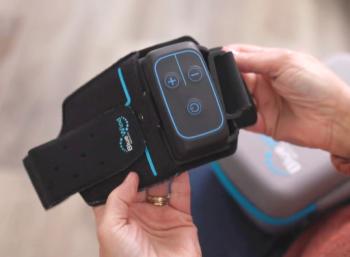
Interoperability: Is the glass half full or half empty?
New ONC report highlights progress, challenges in promoting interoperability
Doctors have increased their use of electronic
Those findings emerge from a newly-released
Among the data brief’s findings:
- 65% of physicians used some form of electronic exchange—either sending, receiving, or querying patient health information—with providers outside their organization,
- More than 75% of doctors who used some form of HIE reported experiencing improvements in quality, patient safety and efficiency, including enhanced
care coordination and less ordering of duplicative tests, - 72% of primary care doctors used HIE, compared with 61% of surgical specialists and 55% of medical specialists,
- The percent of office-based physicians electronically finding or querying information increased from 34% in 2015 to a high of 53% in 2017 then dropped to 49% in 2019,
- 21% of physicians in practices of 50 physicians or more engaged in all four domains of interoperability (electronically sending, receiving, finding, and integrating health information into the EHR) compared to 4% of physicians in solo practices and 9% in practices with two to three physicians; and
- 43% of doctors electronically searched or queried progress/consultation notes, and more than 50% used data received electronically from other providers to reconcile medications, allergies and problem lists.
“These findings suggest that important progress has been made related to supporting query-based exchange and physicians are experiencing substantial benefit that translates to improved care for patients,” the brief says.
But despite this progress, the brief notes that only 10% of physicians reported engaging in all four measured domains of interoperability, virtually the same level as in 2015. Moreover, a majority of those who used even some form of HIE reported encountering barriers to effective exchange. Among these were needing to use multiple systems to enable the exchange, difficulties with exchanging between different EHR vendors, and gaps in interoperable technology use among other providers in their referral network.
“These barriers highlight the potentially high cost, complexity and burden involved in widespread information exchange in the current environment,” it says.
Newsletter
Stay informed and empowered with Medical Economics enewsletter, delivering expert insights, financial strategies, practice management tips and technology trends — tailored for today’s physicians.














